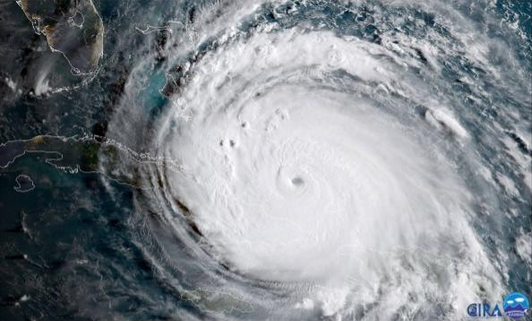Investigating boundary layer processes in tropical cyclones in the Met Office operational forecasting model
- Academic lead
- Juliane Schwendike (Earth and Environment)
- Industrial lead
- Adrian Lock, Met Office
- Co-supervisor(s)
- Andrew Ross (Earth and Environment), Stephen Griffiths (Mathematics), John Edwards (Met Office), Jeff Kepert (Bureau of Meteorology, Melbourne, Australia)
- Project themes
- Atmospheric Science, Environmental Flows
Each year tropical cyclones cause enormous amounts of damage due to their destructive winds, heavy precipitation and their effects on the sea, e.g. storm surges. Being able to accurately forecast the track and intensity of these high impact weather systems is crucial to enable people to take appropriate action in time to minimise the damage to livelihood, property and economy. The boundary layer is the part of the atmosphere directly influenced by the earth’s surface within about an hour or less. Turbulence in the boundary layer plays a crucial role in modulating the weather we experience at the surface and so there is a strong need to understand the processes and characteristics of this part of the atmosphere. The boundary layer also plays an important role during the intensification of tropical cyclones. Correctly capturing this intensification is one of the main challenges of tropical cyclone research, and accurate representation of the boundary layer in tropical cyclones is a key aspects of this. The objectives of the project are: (i) conduct a detailed investigation into the representation of the boundary-layer structure and processes in simulations of tropical cyclones; (ii) develop an understanding of the model’s limitations and investigate ways to improve it.

Figure: Satellite image of Hurricane Irma on 08 September 2017. Image Courtesy: NASA, geocolor image of hurricane irma.
